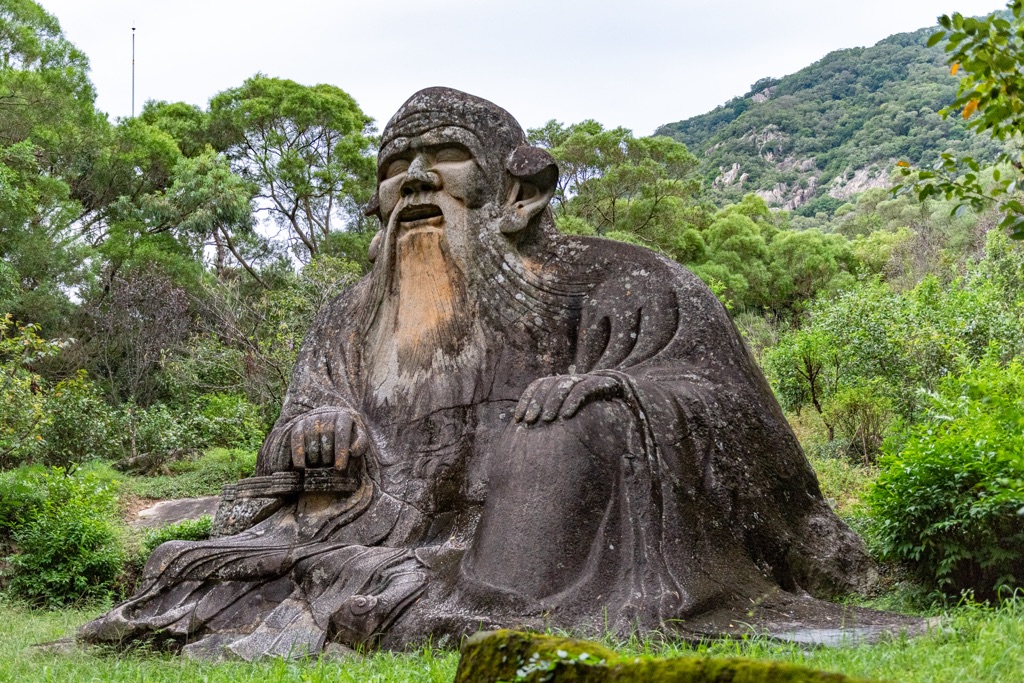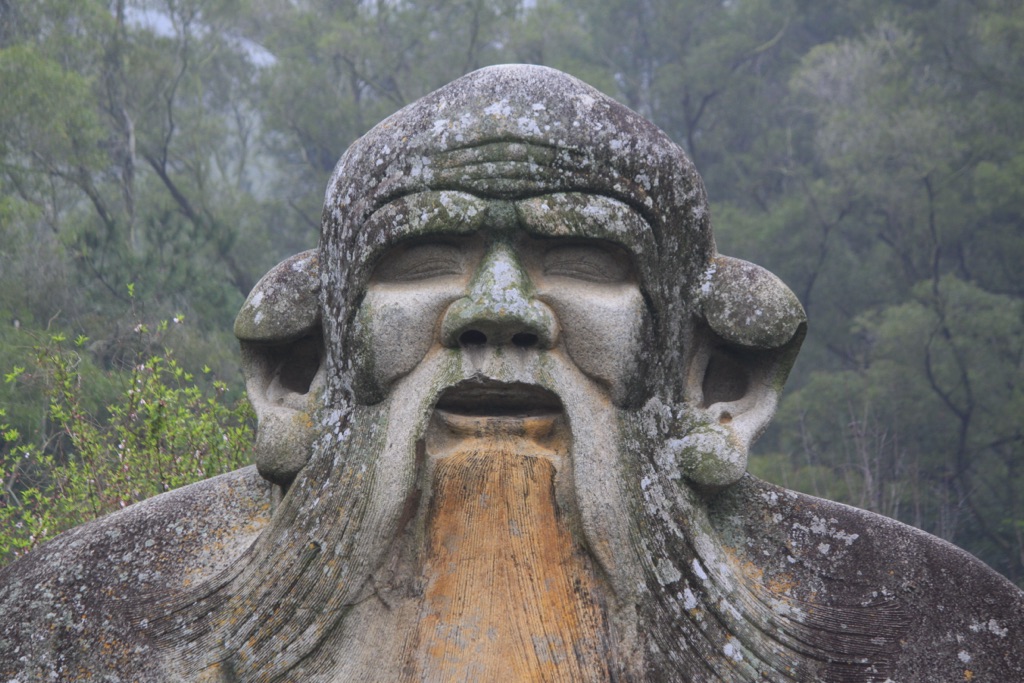Located within the geographical confines of Mount Qingyuan in Quanzhou city, Fujian province, stands a significant monument dedicated to Laozi, a central figure in Chinese philosophy and the founder of Taoism. This stone statue, attributed to the Song Dynasty, represents a monumental achievement in the realm of religious sculpture and serves as a focal point for scholarly interest due to its dimensions, historical context, and cultural significance.
Get your dose of History via Email
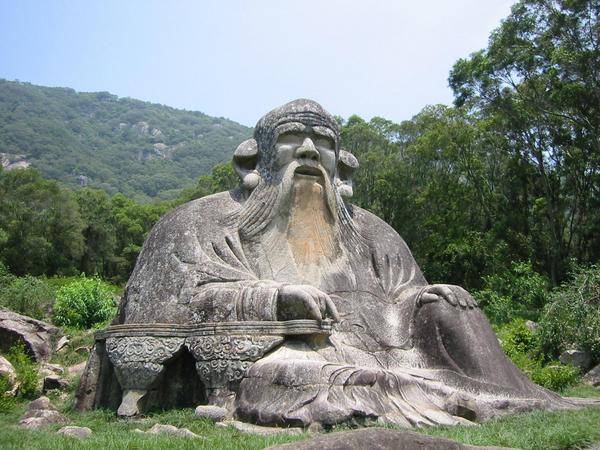
The statue measures 8.01 meters in length, 6.85 meters in width, and 5.63 meters in height, covering an area of 55 square meters. It is recognized as the largest stone carving of Laozi from this period, distinguishing itself not only by its scale but also by its designation as a Major Historical and Cultural Site Protected at the National Level. This classification underscores the statue’s importance within China’s cultural heritage and its role in the preservation of Song Dynasty artistic traditions.
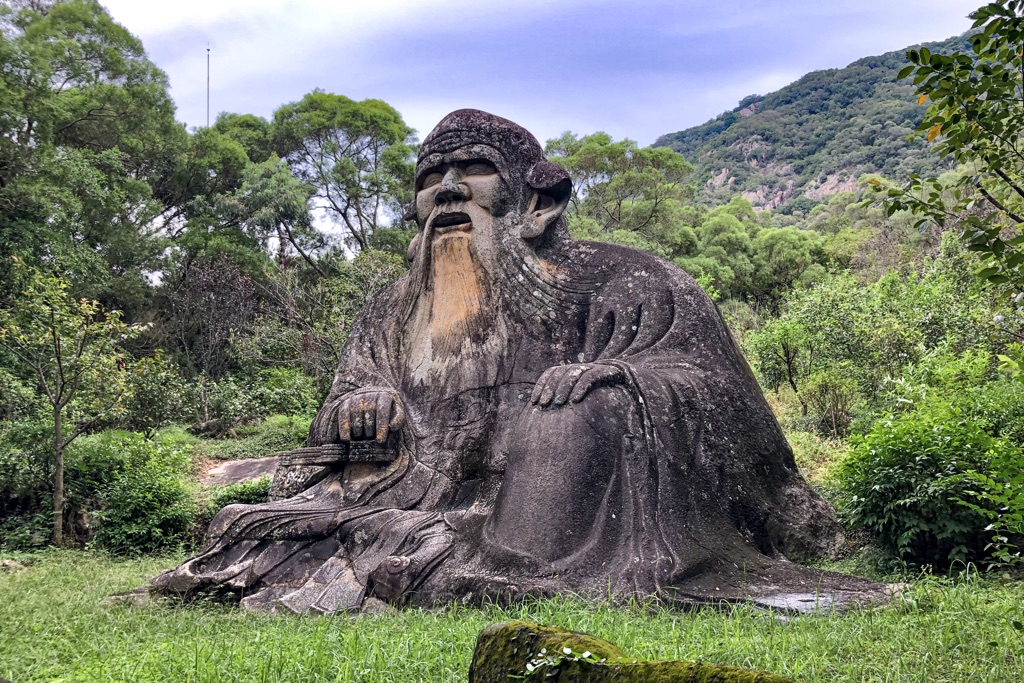
Mount Qingyuan
Mount Qingyuan itself is of considerable historical and cultural interest. The mountain’s development for cultural and religious purposes dates back to the Qin Dynasty (221-206 BC), and it has since accumulated a rich collection of artifacts, including approximately 700 ruins of stone carvings and numerous stone structures from the Yuan and Ming dynasties. Among these, the nine statues from the Song and Yuan dynasties, including the Laozi statue, stand out as significant contributions to the study of Chinese religious art and history.
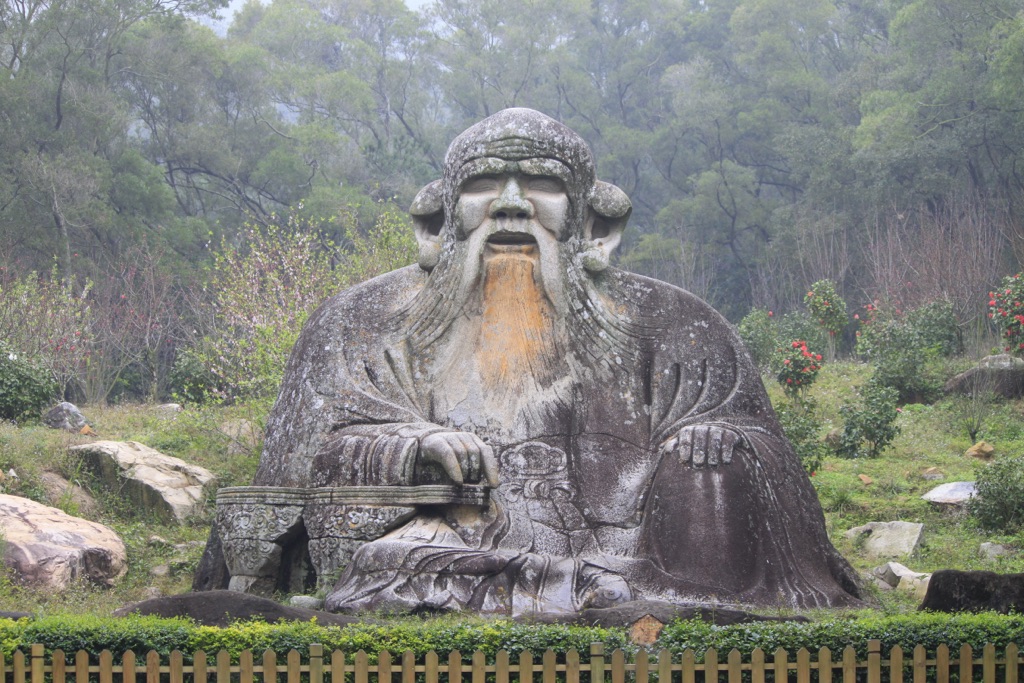
The Laozi statue – carved from a single granite rock
The Laozi statue, carved from a single granite rock, represents a pinnacle of Taoist iconography in China. Its creation during the Song Dynasty reflects both the technical skills of the artisans of the period and the deep reverence for Laozi as a philosophical and religious figure. As the reputed author of the Tao Te Ching and a deity in religious Taoism and traditional Chinese religions, Laozi’s influence permeates Chinese cultural and philosophical thought. The statue serves as a tangible manifestation of this influence, offering scholars a unique lens through which to explore the intersection of art, religion, and philosophy in Song Dynasty China.
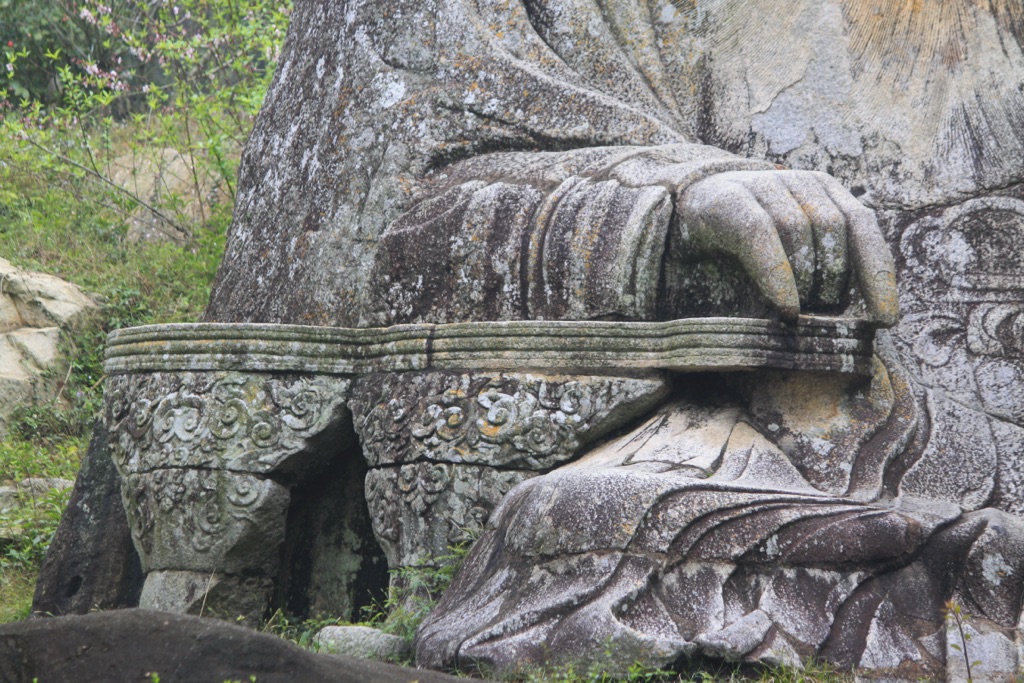
For researchers and academics, the statue provides a valuable case study in the evolution of religious sculpture in China, the material culture of Taoism, and the broader socio-cultural dynamics of the Song Dynasty. Its preservation as a protected cultural site facilitates ongoing study and engagement with China’s philosophical traditions and artistic heritage.
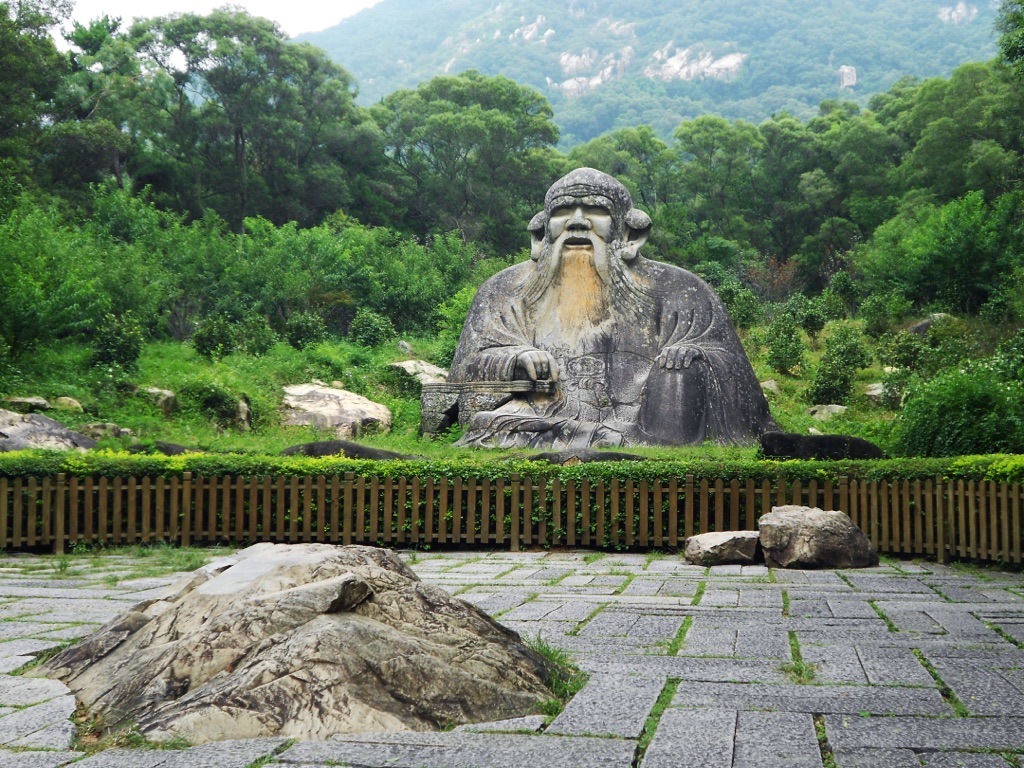
In summary, the stone statue of Laozi on Mount Qingyuan represents a critical artifact within the study of Chinese cultural and religious history. Its scale, craftsmanship, and historical context offer rich avenues for academic inquiry, making it an essential subject for scholars interested in the legacy of Taoism, Song Dynasty art, and the preservation of China’s cultural heritage.
More information: Wikipedia
